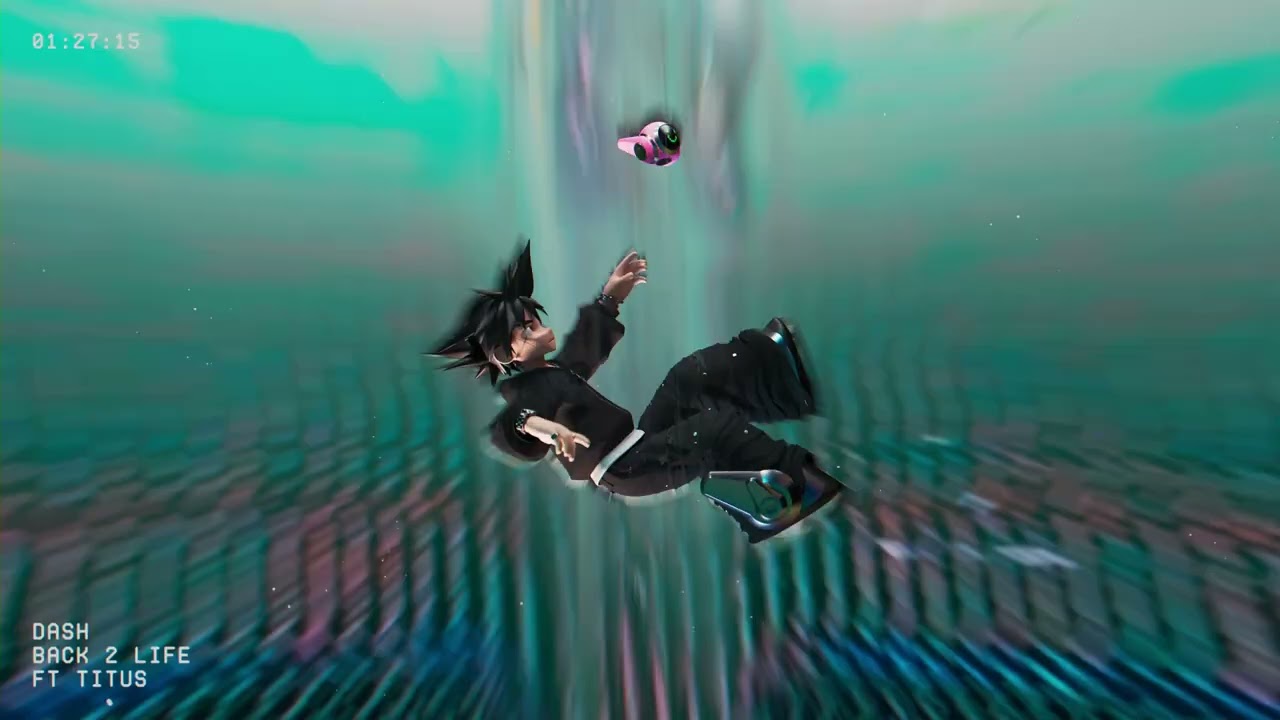WARNING: The following contains spoilers for WandaVision Episode 8, "Previously On," streaming now on Disney+.
Superheroes and magical girls are very similar. They both feature costumed characters with powers doing incredible feats, but a key difference can be found in presentation: magical girl anime often de-emphasize action in favor of more character-driven narratives, with the characters' power showcased less through battles and more through grander reality-altering magic. In both senses, though in an entirely different medium, Marvel/Disney+'s WandaVision has a lot in common with magical girl series like Sailor Moon or Puella Magi Madoka Magica.
Wanda Maximoff's entire internal struggle is externalized in WandaVision, with her magical abilities distorting her reality. In Episode 7, Agatha flat-out describes herself and Wanda using the phrase "magical girl," making the comparison all the more blatant. However, this doesn't mean WandaVision is particularly anime-influenced. Rather, both WandaVision and magical girl anime share a common influence: 1960s sitcoms.
WandaVision, Sailor Moon and Bewitched
Both the modern magical girl genre and WandaVision share a common ancestor: '60s sitcoms like Bewitched and I Dream of Jeannie. These were escapist stories that used the light-fantasy setting to tell simple, grounded stories. While the characters demonstrated incredible powers, they applied these problems to solve life problems. One of the first magical girl anime, Sally the Witch, was heavily influenced by those two sitcoms.
WandaVision's early episodes use this sitcom formula as well for hijinks and fun. As the series' mysteries get unraveled, WandaVision uses Wanda's incredible chaos magic more for solving problems of life than cosmic threats, resembling less the sitcom antics of Sally the Witch and more the epic adventures of Sailor Moon. Both Wanda and Sailor Moon's Usagi are chosen ones with incredible power -- Usagi is the reincarnation of the Moon Princess Serenity, while Wanda is the mythical Scarlet Witch.
Much like in both Sailor Moon and later Cardcaptor Sakura, Wanda's antagonists like Agatha Harkness aren't truly evil, but rather, dark reflections of what she could be. Agatha resembles Sailor Moon villains like Nehelenia in this sense. Their confrontations often result in learning experiences for the hero, forcing them to overcome their inner trauma and pain while taking brave steps to overcome adversity.
WandaVision and Madoka
Perhaps the magical girl show which WandaVision bears the most resemblance to is the landmark dark twist on the genre, Puella Magi Madoka Magica. In Madoka, magical girls are granted wishes by an alien entity named Kyubey in exchange for incredible magical power. However, their wishes only cause increased despair and, as despair overloads them, they become "witches."
Witches in Madoka aren't just super-powered magical girls, but rather entities so overwhelmed with grief and self-loathing that they create insular bubbles where reality is rewritten to reflect their own inner darkness. Madoka, however, has gained enough latent power thanks to fellow magical girl Homura's time-travel shenanigans that, should she become a witch, all of reality will be forever obliterated and recreated as a result.
WandaVision is much like Madoka's magical girl nightmare-scenario. Wanda rewrites reality when her grief overwhelms her. Despite being granted multiple wishes over her lifetime -- survive the Stark missile launched into her room, survive the Mind Stone -- it's ultimately her grief that turns her power outward, forcing reality to manifest to her whims.
The Madoka TV series ultimately ends on a positive note, with Madoka rewriting reality to break all the limitations set on other magical girls. It remains to be seen if WandaVision will end with Wanda coming into her own powers and growing, like in Sailor Moon, or rewriting the universe forevermore, like in Madoka.
About The Author

